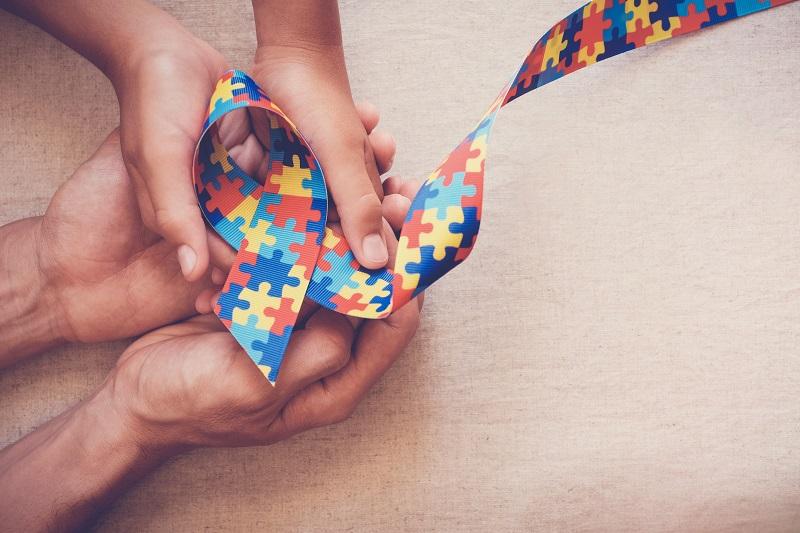Concept, History, and Early signs
The first recorded appearance of the term autism is dated in 1981, by a Swiss psychiatrist called Eugen Bleuler. He used the term as a form to cluster a variety of symptoms that were related to schizophrenia. Now it is known that autism and schizophrenia are unrelated disorders, but It was until 1980 that Autism was classified as its own disorder. Read on to know more about autism.
Autism, in its history, has been classified and treated as different conditions throughout the years. In the 1920s, the first treatment approach was Electroconvulsive Therapy. One possible cause of Autism was a toxic diet, and the treatment was the regulation in the child’s diet.
Then, in 1940 it was classified as an emotional and social disorder by Dr. Leo Kanner. However, in 1944, Hans Asperger classified it as a communication disorder. Through the following decades, there were many possible causes, new treatments.
In 2013, it was classified as Autism Spectrum Disorder (ASD) that combined subcategories and related conditions into one with different characteristics and severity. Applied Behavior Analysis Programs Guide
What is Autism?
The Autism Speaks website defines ASD as a broad range of conditions characterized by challenges with social skills, repetitive behaviors, speech, and nonverbal communication. According to the Centers for Disease Control, Autism affects an estimated 1 in 54 children in the United States today.
What causes Autism?
There were many theories about the cause of Autism; some attributed the cause to toxic agents from food or apathetic mother’s uncaring their children. However, there is no definite cause but is influenced by complex genetic and environmental factors.
Symptoms of Autism
The core symptoms are social communication challenges and restricted and repetitive behavior. These symptoms often begin in early childhood and persist in daily life. The severity of the symptoms can vary among individuals.
Also, people with Autism might experience some sensory issues. Autism is associated with other mental and physical health conditions.

Social communication challenges
children and adults may experience difficulty with verbal and non-verbal communication.
- They might not be able to understand spoken language. Over a third of autistic people are nonverbal.
- Facial expression.
- The tone of voice.
- Idioms and sarcasm.
Restricted and repetitive behavior
These behaviors vary across the spectrum. Examples of these are
- Repetitive body movements.
- Ritualistic behaviors.
- Narrow or extreme interest in specific topics.
- An unvarying routine.
Early Signs in Children
Detecting Autism in infants might be difficult due to the unpredictable variation and severity of the signs and symptoms presented in each autistic baby. Early signs of Autism might present by age 2 or 3. However, some signs can appear early, around 18 months.
The most common signs that might help parents identify Autism in their babies are:
- No smiling when smiling at them
- Difficulty with verbal-communication:
- No one- words by 16-18 months
- No two-words by 24 month
- No eye contact
- Avoid eye contact
- Not responding to name-calling
- Receptive behavior.
In older children might be easier to spot signs of Autism. Some of them are:
- Difficulty showing emotions or understanding others’ feelings.
- Having an intense interest in something in particular
- Having a strict routine
- Rapid mood swings when uncomfortable
- Uncomfortable when touched
Autism presents different severity and characteristics to each person. However, Autism presents differently in boys and girls, making the detection of girls harder. If you are interested in knowing more click here.
Treatment
Applied behavior analysis (ABA) is the most successful treatment approach for ASD. ABA is a behavioral program that reinforces positive behaviors and discourages negative ones. ABA teaches children and adults new skills and how to apply them in a real situation. ABA is considered the gold standard for the behavioral treatment of children with autism spectrum disorders
Autism is present in 1 in 68 children in the US, affecting more boys than in girls. Autism can present signs as early as 18 months or at age 2 or 3. However, most of the cases are diagnosed at age 4 or 5. Getting an early diagnosis can bring your children to have all the support he or she needs. At BM Behavioral Center, we specialize in the diagnosis and treatment of Autism. We can offer the best treatment your child deserves. To know more about our services, click here.

